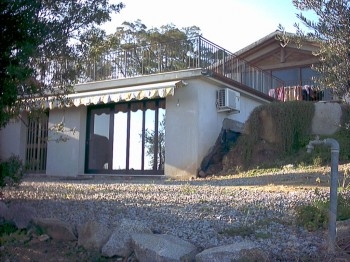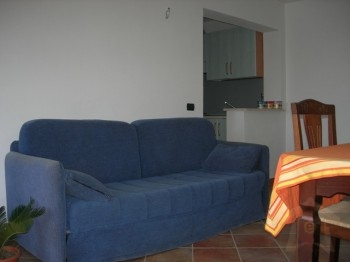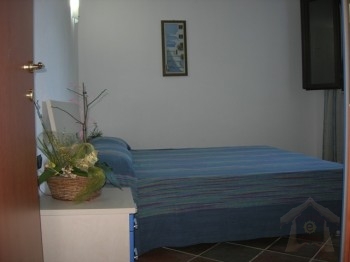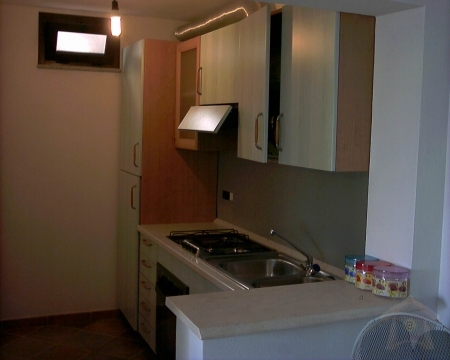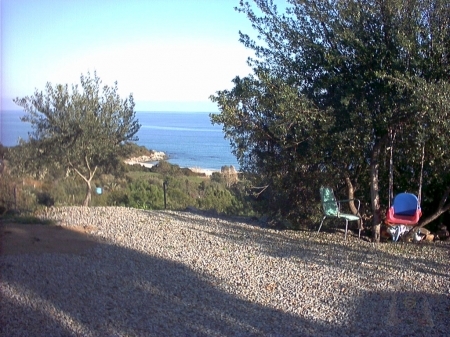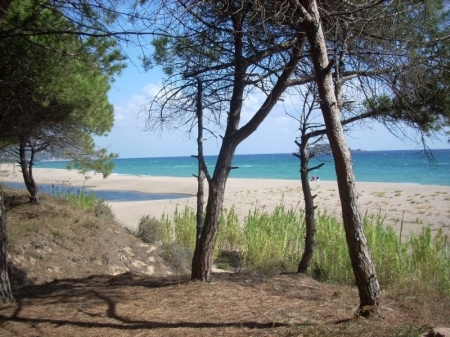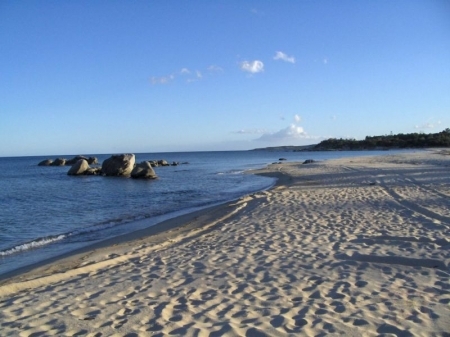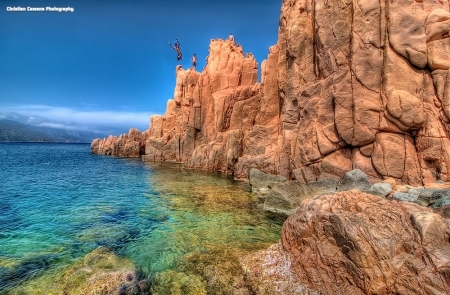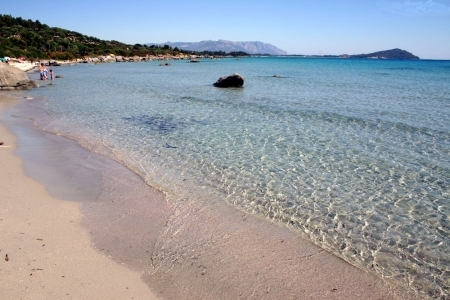Sardinia is one of five locations identified by the editors of InternationalLiving.com in a recent article on the healthiest places on earth to live.
Sardinia, an island of 1.3 million people off Italy�s Mediterranean coast, is a Blue Zone. Blue Zones are areas in the world that have been determined by scientists as places where the people live the longest.
Sardinia has some of the oldest people on earth, and Sardinian food may be the reason for their health and longevity.
The Mediterranean Diet is no doubt good for you, and Sardinians actually live the Mediterranean lifestyle, too. This could be the key to their incredible health and longevity.
Sardinian wine, cheese, and bread have something extra going for them.
Sardinians produce a number of wines, but a local variety called Cannonau, a dark red wine, contains the world�s highest levels of antioxidants.
Experts have also found that, while the Sardinian diet isn�t heavy on fish, which is the usual dietary source of essential Omega-3 fatty acids, Sardinians get heaps of this dietary boon from a local cheese called pecorino sardo, made from the milk of grass-feed sheep.
Sardinians also commonly eat simply, homemade breads that contain vitamins and lactic acids that fight harmful bacterial in the digestive tract.
Experts suspect that these three pillars of the Sardinian diet�dark red wine, fresh country cheese, and homemade bread�combined with other lifestyle and dietary factors, could be the keys to living a longer, healthier life no matter where you live.
�For 30 years we�ve been providing information on places where people can live better for less,� says Jackie Flynn, publisher of InternationalLiving.com. �There are places on earth where people live simple, healthy lives without the financial and social worries that weigh so heavily on people in modern, industrialized countries. We asked our editors and contributors around the world to come up with their top five, and Sardinia made the cut, as did New Zealand, Panama, Costa Rica, and Ecuador.
�These places can not only help you live a longer life,� says Flynn, �but can also save you significant money on cost of living, and that�s good for your bottom line as well.�

 Property Type :
Apartment
Property Type :
Apartment  2 Bedrooms
2 Bedrooms 1 Bathroom
1 Bathroom  4 to
5 Sleeps
4 to
5 Sleeps 